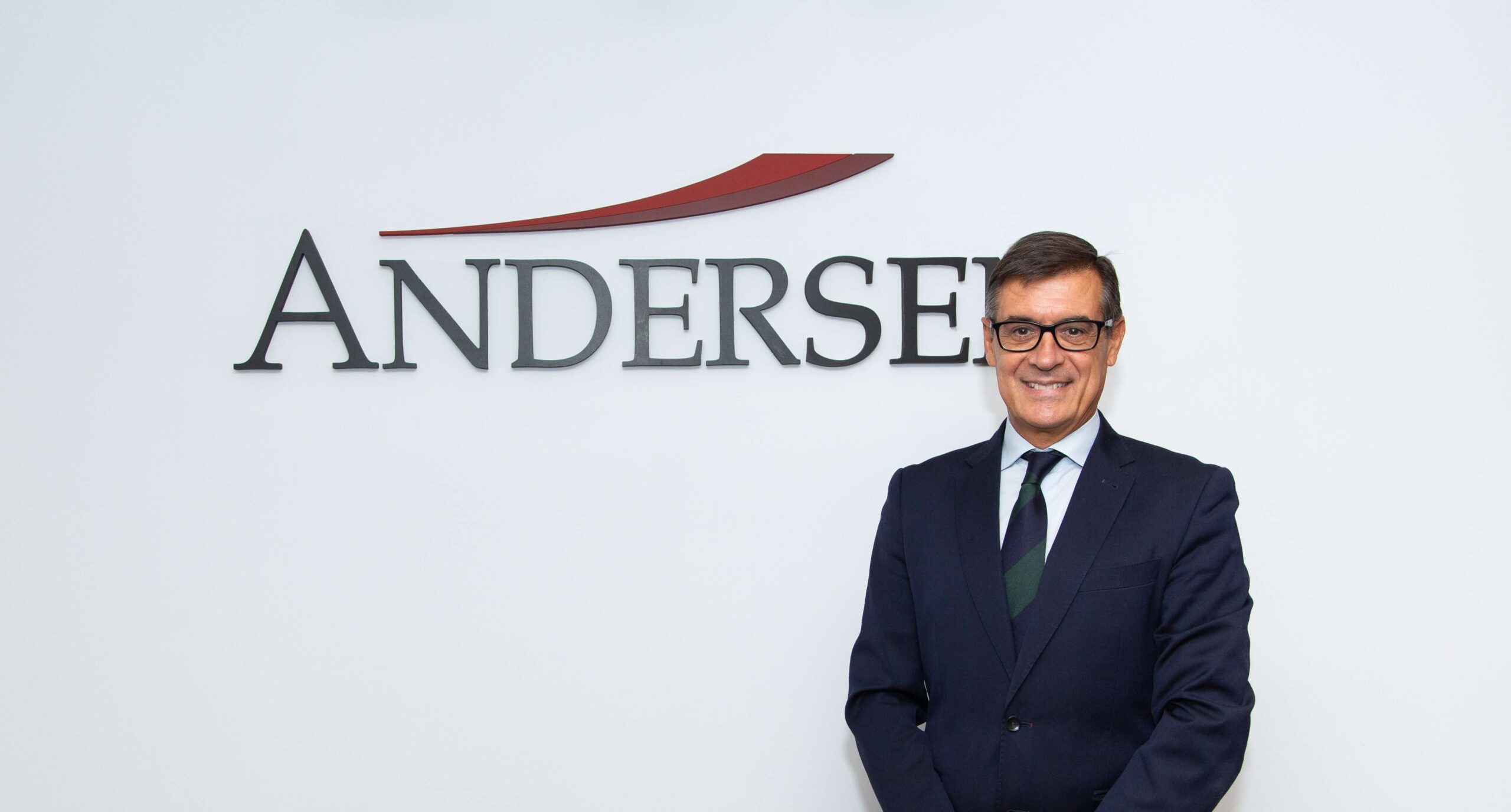What is it about customer experience that makes us turn to it time and time again? In large part, it is that it is a truly transformative discipline, with a power of suggestion that not all companies are always prepared for. In our look at the world, we didn't want to overlook the series of posts that CustomerThink is going to dedicate to this subject, with the generic title Stop applying traditional customer experience management.
In the first chapter of this series, focused on product and price (two of the inescapable "pes" of the classic definitions of marketing), the renowned corporation launches a clear warning through its blog: many times the so-called "customer experience" is "customer service in disguise". And although the difference between these two worldviews may seem subtle, the truth is that there is a gulf between what each of them means.
In that sense, CustomerThink CEO Bob Thompson reflects that "in the early days of the "CX" movement, experience meant interaction. Something more than product or price. So the raison d'être for investing in customer experience was originally the realization that it is impossible to compete through product offerings or price point alone. Therefore, differentiation should come from interactions.
But if it remains just that, any customer experience will suffer from poverty. As noted in a Harvard Business Review article by Disney Institute senior director of programming Bruce Jones, "Customer experience is about much more than just customer service. It's about fostering employee engagement. It's about truly understanding your customer, designing a plan to deliver exceptional customer service, and then empowering employees to deliver it."
This being the case, we might be tempted to think that price and product have been definitively postponed from the reality of the customer experience. And this would be an even more serious mistake than considering them as the only elements for evaluating this experience. To make this clear, the aforementioned Thompson uses a survey he conducted in 2015 among a dozen experts, who unanimously included both "weights" as unavoidable variables.
Product and pricing must therefore continue to feature prominently. In fact, on the same website we find another recent analysis that is closely related, namely the use of big data and machine learning to aid in pricing decisions. The use of data science is already famous among leading digital companies such as Amazon, Netflix and Spotify, but it has also allowed companies such as Uber to overcome barriers to entry, and is among the success stories of firms such as Target.






